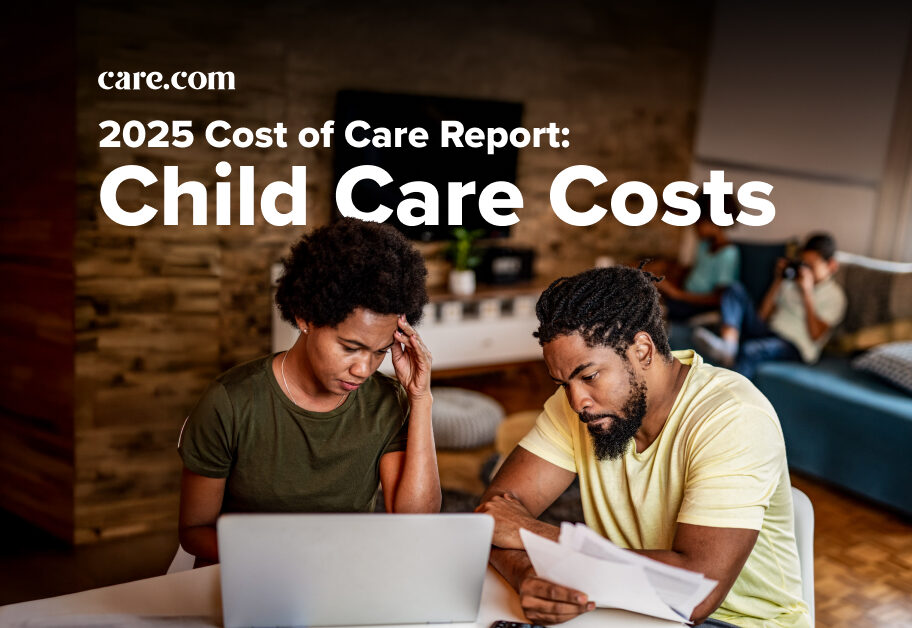Special needs can mean many things — from thriving with a condition that challenges a single aspect of daily life to coping with something that forces you to learn a new normal. The term “special needs” is used to describe a person with a physical or emotional difficulty or difference that requires more assistance or specialized services.
A special need can enhance someone’s life in the same way it can cause challenges. Someone with special needs may need help with vital activities ranging from movement or communication to making important decisions and taking care of themselves, but teaching diversity from a young age and overcoming adversity with the help of the ones you love can broaden horizons for everyone involved.
What are the common types of special needs?
The four main types of special needs are:
- Physical – multiple sclerosis, allergies and asthma, juvenile arthritis, leukemia, muscular dystrophy, epilepsy.
- Developmental – Down syndrome, autism, dyslexia, dyscalculia, dysgraphia, dyspraxia, aphasia or dysphasia, auditory processing disorder, visual processing disorder.
- Behavioral/emotional – obsessive compulsive disorder, dissociation, post-traumatic stress disorder, anxiety, depression, attention deficit (hyperactivity) disorder, bipolar.
- Sensory-impaired – blindness, deaf or limited hearing, visually impaired.
A person might be born with special needs, or they may develop later in life. A child with special needs has access to special education, sanctioned by the U.S. Department of Education under the Individuals with Disabilities Education Act (IDEA). This law defines which children are eligible for early intervention services, free public special education and related services.
Beyond children and youth, Benefits.gov offers resources and the Americans with Disabilities Act (ADA) prohibits discrimination to those with special needs within schools, workplaces and public spaces. Knowing the basics of some of these special needs can help to better understand those coping and living a successful life with the condition.
Join Care for free
Physical special needs
Whether someone is born with a physical special need or they develop this need as they age, having a strong grasp on the facts will serve to ensure the individual’s safety and success in life. A person who is born with a physical special need may have an innate ability to adapt to the world around them, whereas someone thrust into or who gradually develops a physical special need may have a tougher time establishing their new normal. Having a physician diagnose and oversee the issue is paramount to maintaining stability through a physical special need. Here are several common physical special needs and a few details about each.
Allergies and asthma: Allergies are common and often come from environmental factors, like pollen count or food sensitivities. Acute allergies may produce a hypersensitive reaction known as anaphylaxis. Asthma is a condition where the airways become inflamed, swelling, constricting and producing excess mucus, making breathing difficult. Inhalers and oral steroids can help manage varying intensities of asthma.
Limb differences: Someone may be born with a differently developed limb or they may lose a limb later in life, and both require adapting to the world around them. An individual without arms may learn to do more with their legs and feet. Someone who loses mobility in their legs may find more independence in an efficient prosthesis.
Juvenile and chronic arthritis: This condition is much more unbearable during periods of time known as “flare-ups,” where the patient experiences a great deal of joint inflammation and pain, accompanied by a loss of strength, endurance and stamina. A child may outgrow juvenile arthritis, but chronic arthritis throughout life can be managed with countless methods, including home care, massage, exercise, steroids and other medications or surgery.
Multiple sclerosis: In this disease, the immune system eats away at the protective covering of the nerves, disrupting communication between the brain and the body. Symptoms of MS include vision loss, pain, fatigue and impaired coordination. Physical therapy and medication can help with symptoms and slow progression.
Cerebral palsy: CP is a permanent disorder resulting from brain injuries that occur during fetal development, birth or shortly thereafter. With CP, motor skills are disrupted, and the individual sometimes experiences paralysis or seizures. Gait and posture can worsen over time if not properly managed. It cannot be cured, but with the right education and treatment, a person with CP can live a full life.
Epilepsy: Those with epilepsy have a tendency to have recurring seizures. Seizures are caused by a sudden burst of electrical brain activity and thus cause a temporary disruption in the messages passing between brain cells. Affecting people of all ages, epilepsy is largely unpredictable but can be managed by a range of therapies, from medication to a service animal.
Developmental special needs
Delays in development are typically apparent very early in life, but some aren’t obvious until a person reaches a certain level in their education. Early intervention is key for managing a developmental special need.
Down syndrome: This genetic condition is caused by the presence of an extra chromosome in a person’s DNA and occurs by chance at conception. There are distinct physical characteristics accompanying Down syndrome, as well as complications like visual or auditory problems, thyroid disease, decreased muscle tone or cardiac conditions. Early intervention is available, as children with Down syndrome will experience delays in mobility and educational development.
Autism spectrum disorder: Verbal and nonverbal communication can be affected by autism, which is typically evident before age 3. Where a person falls on the autism spectrum can affect their educational performance and social interaction. Common characteristics associated with autism include repetitive activities and resistance to change in routines. Autism may also fall under sensory-impaired special needs.
Dyslexia: This learning disability alters the way the brain processes the written word. Those with dyslexia have difficulty reading, writing and spelling. Treatment for dyslexia is more successful when started at a young age, rather than waiting until middle or high school to address.
Behavioral/emotional special needs
Special needs stemming from someone’s behavior or emotions can be difficult to diagnose and almost always require the intervention of a trained professional. Geraldine Gomez, a licensed mental health counselor in Maitland, Florida, specializes in identifying these needs and helps her clients learn to live with the condition.
“As a counselor, I have to pay special attention to anyone with a history of combat, childhood trauma and any significant traumatic event in their adult life because of the possibility of dissociation,” Gomez says. “The level of dissociation can have an impact on their functioning at school, work and home life.”
Anxiety and depression can be the special need itself, or they can be the symptom of another special need. A licensed clinician or doctor can make that determination.
“For both adults and children, I assess their environmental stresses to make sure that they are no longer being exposed to the traumatic event that caused the symptoms,” Gomez says. “Once I know that they are safe in the present, then we can continue with treatment.”
Dissociation: This mental process can cause a lack of connection in someone’s thoughts, memory or sense of identity. There are varying levels of dissociation, with severe or chronic forms resulting in multiple personality disorders or other dissociative disorders. Individuals with this special need often mistrust authority and keep secrets, making it difficult to treat them.
Obsessive compulsive disorder: Those with OCD have obsessions or excessive thoughts that lead to repetitive, compulsive behaviors. This mental health disorder affects people of all ages and results in unwanted, intrusive thoughts and urges.
Attention-deficit (hyperactivity) disorder: Close to 10% of children aged 3–17 years had ever received a diagnosis of ADHD, according to data from the 2016–2019 National Survey of Children’s Health (NSCH). The earlier the diagnosis the better, as ADD and ADHD can adversely affect a child’s educational experience. A strong partnership between teachers and parents can add to the success of an individual with ADD/ADHD.
Eating disorders: Someone with abnormal eating habits — be they insufficient or excessive — can be categorized as having an eating disorder. These disorders, like anorexia and bulimia, can affect someone’s physical and emotional health.
Sensory-impaired special needs
People with sensory disabilities or special needs can be aided in learning and communication through technological and social advancements like auxiliary aids and adaptive equipment — a highly trained service dog or a Type-N-Speak, for example. Accommodations at schools and workplaces across the country are made for individuals with sensory impairments.
Sight-impaired: Blindness and loss of sight can be managed and diagnosed by an eye doctor. An assistive technologist can develop a more thorough plan if impairment persists.
Hearing-impaired: Deafness and loss of hearing can affect the way an individual learns and processes. An ear, nose and throat specialist and assistive technologist can help.
Sensory processing disorder: A person with sensory processing disorder has difficulty receiving and responding to information from the senses: vision, hearing, touch, smell and taste. They may have a heightened or lower sensitivity to stimuli like tolerating light, being touched, maintaining eye contact and loud noises. This can be a disorder on its own, or it may be a characteristic of another special need like autism, dyslexia, MS or Tourette syndrome.
Loving someone with special needs — or going through life with a special need yourself — can come with some unexpected gifts. Families of children with Down syndrome know the boundless love and affection that accompanies the condition, allowing them to step back and enjoy life in the moment. People with autism experience life from a different perspective and oftentimes have more intense honesty and curiosity for the world around them. A person living with a sensory processing disorder may find that their body naturally enhances other senses to make everything that much more vibrant. It’s all about understanding these needs and knowing that you can get through it or help someone through it by being well-informed and surrounded by a support system of love.





